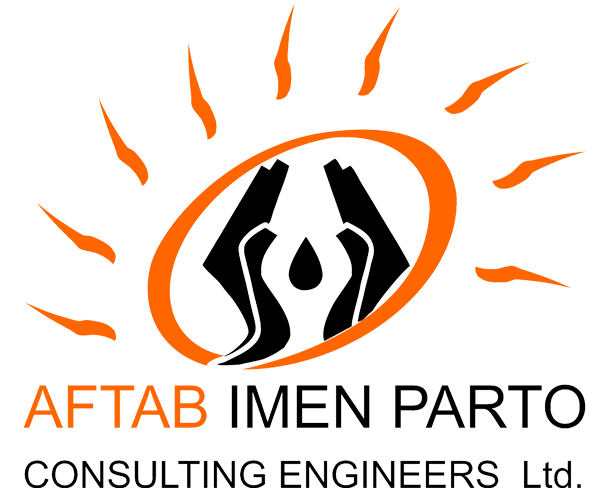In many cases, when we think that the HAZOP method is used correctly, we face a result of little benefit and a lot of damage, and this is where they think that the mentioned method is inappropriate. In fact, they have failed in one key issue and that is the management of the mentioned method. When we apply this technique, it may be done incorrectly, if the objectives in the subjects are sparse, or if the technique itself is essentially unique to industrial processes, it has not become general. HAZOP is easy to understand and apparently easy to apply. But the basis of HAZOP is based on teamwork and this requires careful management and control, which is clearly known that without these principles (accurate management and control) its effectiveness, usefulness, efficiency and effectiveness will decrease.
Therefore, one of the goals of this article is to provide a clear and flawless explanation of HAZOP, for those who want to learn this method. These people may be beginners and intend to understand this method or knowledgeable and expert people who want to improve their work with this method. Another purpose of this Article is to explain the importance of laws related to processes. Therefore, the application of HAZOP should be most compatible and useful for the mentioned system. If proper control is not done during research and studies regarding this issue and the desired technique are not adjusted to achieve a flawless result, it cannot be called HAZOP, because the disturbances in this technique keep us away from knowing the dangers in the system or process. Therefore, knowing the risks is the basis of effective safety management, ensuring the systems and machines that we want to be useful.
Identifying the risk centers and discovering the penances of accidents and then prioritizing corrective and preventive measures is a principled and effective way to protect the interests and valuable resources of organizations. The hazard identification and risk assessment unit of Aftab Imen Parto company consists of a group of experienced experts who use modern knowledge and master related specialized engineering software in the field of identifying process and non-process risks of the country’s most dangerous industries, including oil, gas, petrochemical, chemical and energy. The comprehensive study and identification of potential risks in the mentioned industries is one of the key elements of safety studies and risk analysis. By using various methods, the experts of this unit have conducted risk identification studies and qualitative risk assessment in more than 140 process and utility units in the country’s oil, gas, petrochemical and chemical sectors.

